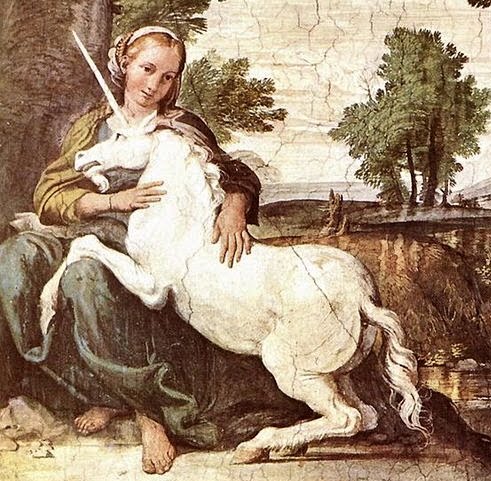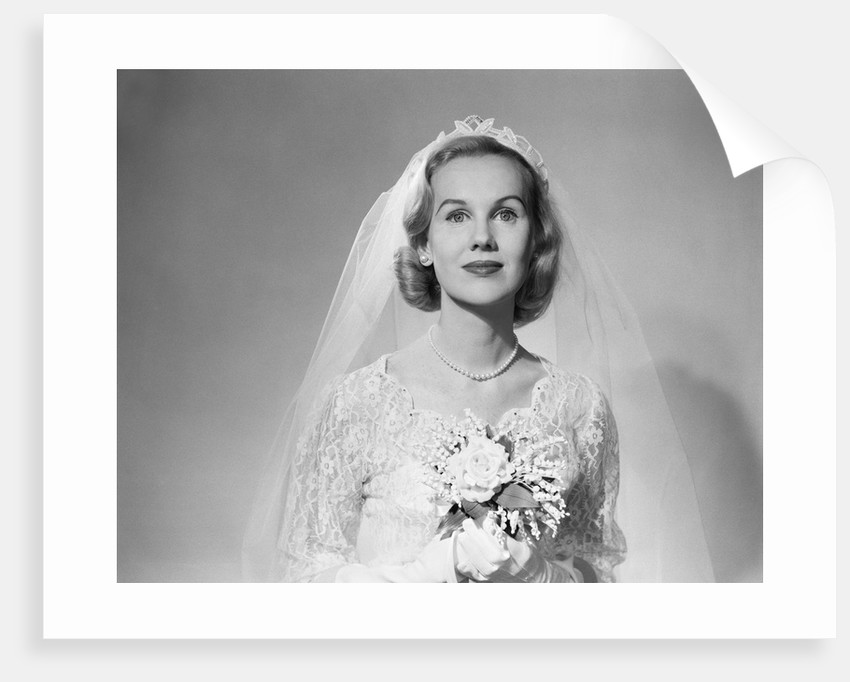News
Marketer Magazine: On The Record: Conducting Strong Interviews with the Media
The White Stuff: A Reflection on White Throughout the Ages
The origins of the word white range from the Old English hwit (bright, clear, fair) to the Proto-Indo-European kweit (to shine).- The origins of the word white range from the Old English hwit (bright, clear, fair) to the Proto-Indo-European kweit (to shine).
- From the Old French blanc (shining) and the Germanic blankaz (lacking color) came our word blank, meaning empty spaces or void of expression.
- The ancient Romans called white albus, which is where we get words such as albino and alps.
- From the Latin word candidum (white, pure, sincere, honest, upright) is where candle, candid and candidate came from. Candle and candid still hold true, candidate not so much.
- During the Paleolithic era (more than three million years ago) calcite and limestone created a white chalk which was used in the earliest examples of art.
- In ancient Egypt white was a symbol of purity, which is why priests wore white robes and why white linen strips were used to wrap mummies.
- Long before fraternities adopted them for party wear, togas were the required rags in the Roman Republic. First seen as far back as 753 B.C., togas were made from either wool or linen and carefully draped around the body. Although heavy and difficult to move around in, they were a must for most citizens, especially for special events such as weddings or gladiator contests. Off-white togas were everyday wear for adult males and those in government, while bright white togas were worn by political candidates to indicate their purity and honesty (again, we really are having a hard time with the whole honest and upright equals candidate thing).
- Ancient Greeks believed wearing white to bed guaranteed them sweet dreams. And in Greek mythology, white is closely associated with Amaltheia, the she-goat nurse who nourished and empowered Zeus with her milk. Which could lead one to believe that before the “got milk?” campaign there was the “god milk?” campaign.

- During the Postclassical era, the unicorn was a symbol of chastity and grace and seen as an elevated creature that could only be captured by a virgin. Artwork during this time often depicting Mary with a unicorn in her lap.

- When Queen Victoria wore an ivory wedding gown in 1840, it became all the rage. Today wearing white on your wedding day is pretty much mandatory for every bride, as it symbolizes innocence and purity.
